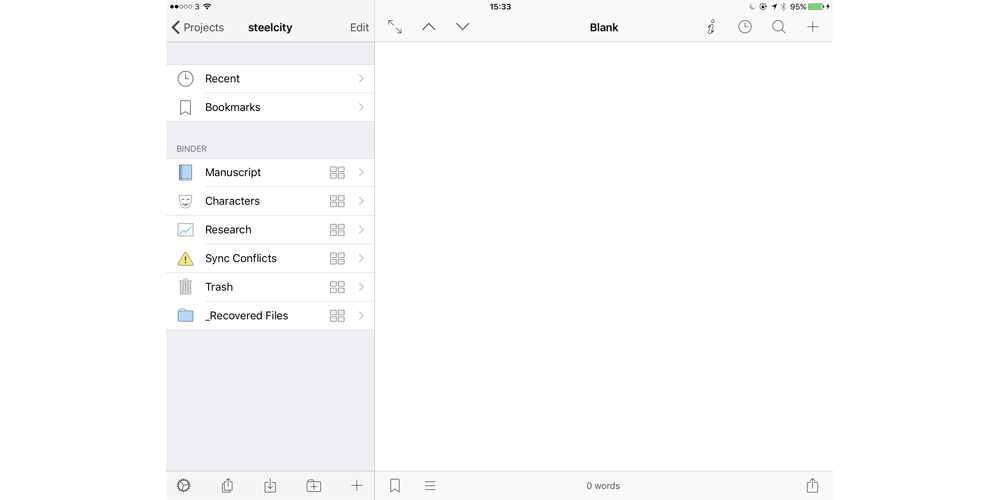

- #SCRIVENER 3 RELEASE DATE FOR WINDOWS HOW TO#
- #SCRIVENER 3 RELEASE DATE FOR WINDOWS GENERATOR#
- #SCRIVENER 3 RELEASE DATE FOR WINDOWS SERIES#
Question 3: How will the material look after compiling? I’ll show you how.Īfter that, all other details are taken care of by the software. I say ‘the one’ because if you plan to output (say) in three different ways, you’d be best advised to set up three different compile settings. Scrivener provides all these options and ‘all’ you have to do is identify the one that suits you.

#SCRIVENER 3 RELEASE DATE FOR WINDOWS HOW TO#
We see in the next post (and those that follow) how to direct your manuscript towards one of the many output options.

Question 2: What output route will you take? Meanwhile, if what’s coming out is not as much as you expected, or different from what you expected, a first check is to make sure you have selected the material correctly. Within the opening Compile pane, on the right-hand side, there is a list of what’s included … more on that in a later post. You can change precisely what gets output once you are in Compile. If you are aiming for some creative compiling, eg to output synopses for the whole manuscript, click on the Manuscript folder.
#SCRIVENER 3 RELEASE DATE FOR WINDOWS SERIES#
In this series of posts, I explain how to come to grips with this powerful tool.

However, Scrivener offers so much in the way of default settings, you could produce something that’s OKAY, without having to understand every nook and cranny of the options available to you. For many, it poses the greatest challenge – there are so many options, and the route to producing precisely what you want seems like a labyrinth at first sight.
#SCRIVENER 3 RELEASE DATE FOR WINDOWS GENERATOR#
With the above to consider and much more to discover, Scrivener is truly a great content generator for all kinds of writers.Compiling is the final step in the self-publishing sequence. If your project gets too complex and is hard to follow content evolution, documentation and other factors, Scrivener enables you to create collections which you can easily manage and organize. Each of them comes with the appropriate document structure and all you have to do is fill in the pages with text, tables, images and anything you want. You can opt from fiction, non-fiction, scriptwriting and miscellaneous. When creating a new file, Scrivener offers you the possibility to use one if its many project templates. You can create and customize an outliner and use it to keep track of your document’s metadata in one or more levels. However, Scrivener offers you a series of tools that make it stand out from similar applications. Everything about it respects the standard means of typing text content. You get to choose the font type, styling, size, alignment and color. Scrivener’s ‘Editor’ offers you the classic means of creating a text file. The binder can be customized with new folders and allows you to organize the pages of your document anyway you see fit and you even get a cork board on which to sort and preview the text. The first consists initially of three categories, ‘Draft’, ‘Research’ and ‘Trash’ and they are used to store pages and content you need for your work. Scrivener displays a user-friendly interface with a very good looking design that is separated into two main components, the ‘Binder’ and the ‘Editor’. Scrivener is a content generation tool which enables you to create a text based document while having complete control over its layout and formatting. Whether you’re writing a short novel, academics paper, screenplay or an elaborate journalistic article, you need to take into consideration the layout and structure of the material.


 0 kommentar(er)
0 kommentar(er)
